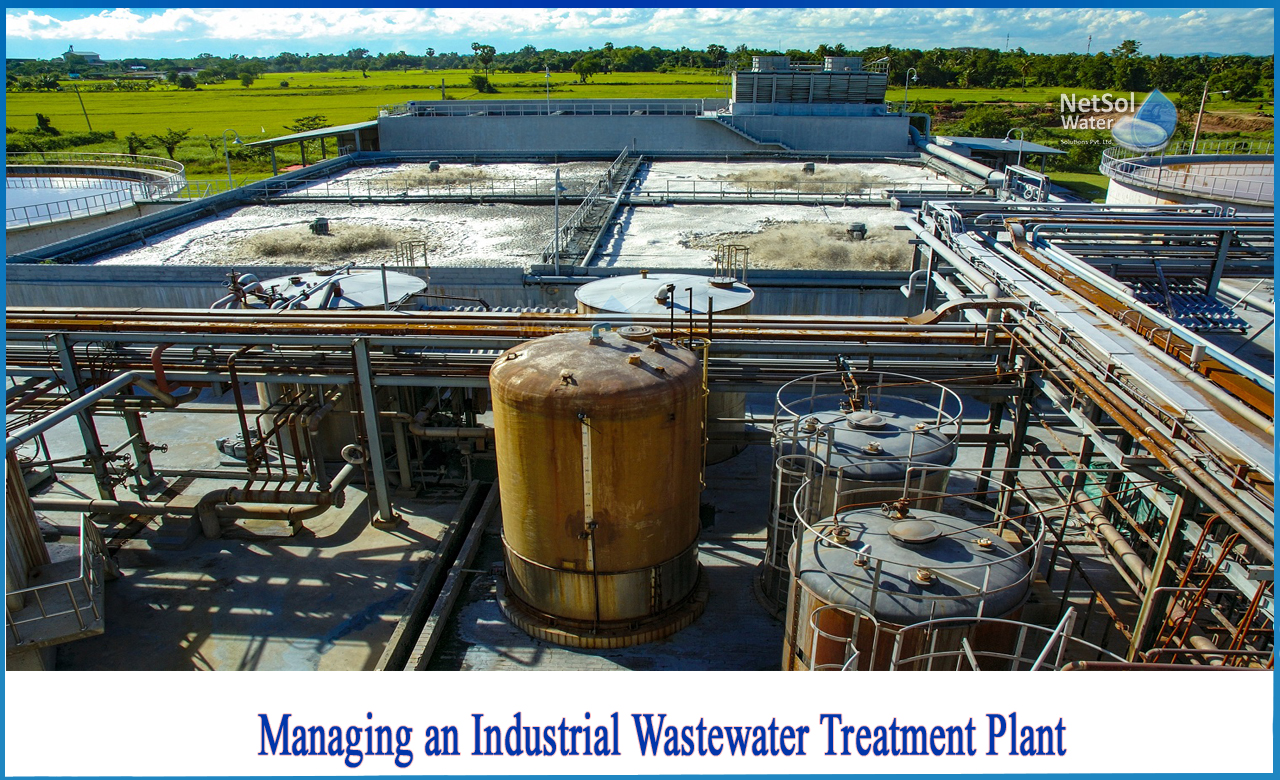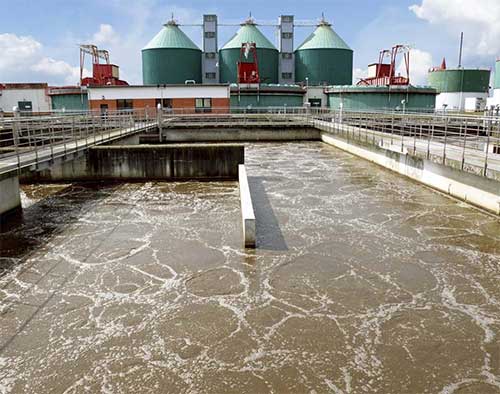Technologies and Developments in Industrial Waste Water Therapy Technologies
The landscape of industrial wastewater therapy is undergoing a transformative change, driven by innovations that improve both efficiency and sustainability. Emerging modern technologies, such as membrane bioreactors and microbial gas cells, are redefining contaminant elimination procedures while adding to power generation. Additionally, source recovery techniques are obtaining traction, lining up with round economic climate concepts. As governing standards evolve, the combination of AI and artificial intelligence into wastewater administration systems assures to make certain and streamline operations compliance. Nonetheless, the complete implications of these advancements increase important inquiries concerning their scalability and long-term impact on market methods.
Summary of Waste Water Treatment Technologies
Wastewater treatment technologies incorporate an array of techniques created to remove contaminants from commercial effluents prior to their release right into the atmosphere. These innovations are crucial for maintaining eco-friendly balance and ensuring conformity with ecological regulations. The key classifications of wastewater treatment consist of physical, chemical, and biological methods, each offering distinct objectives based on the nature of the contaminants existing.

Organic treatment techniques employ microorganisms to break down raw material, making them specifically reliable for organic-rich effluents. Techniques like activated sludge and biofilm reactors harness the natural deterioration abilities of germs, bring about substantial decreases in biochemical oxygen need (BOD)
Advanced Filtration Techniques
Advanced filtration techniques represent an important advancement in the world of commercial wastewater therapy, improving the effectiveness of pollutant elimination processes. Industrial Waste Water Treatment. These techniques include a variety of innovations, including microfiltration, ultrafiltration, nanofiltration, and reverse osmosis, which offer sequential barriers for numerous fragment dimensions and chemical frameworks
Microfiltration and ultrafiltration use membrane systems to remove suspended solids, microorganisms, and bigger natural molecules, improving the quality of effluent previous to more therapy. Nanofiltration bridges the gap in between ultrafiltration and turn around osmosis, successfully removing natural compounds and divalent ions, thus lowering the tons on downstream processes.
Reverse osmosis offers the highest degree of purification by permitting just water and little particles to pass via its semi-permeable membranes, making it perfect for redeeming high-grade water from commercial effluents. Recent innovations in membrane technology, consisting of the development of even more long lasting and fouling-resistant products, have significantly enhanced operational performance and decreased prices.
Integrating these innovative filtering techniques not only boosts the general therapy process yet also adds to sustainability efforts by allowing water reuse and source healing in commercial settings. (Industrial Waste Water Treatment)
Biological Therapy Developments

In addition, the advancement of engineered organic systems, such as membrane bioreactors (MBRs), incorporates biological therapy with sophisticated membrane purification. This integration permits for higher effluent top quality and minimized footprint, making it appropriate for space-constrained industrial centers. Innovations in genetically crafted microorganisms have additionally emerged, boosting the biodegradation of particular impurities, such as pharmaceuticals and hefty metals, that are commonly challenging to eliminate.
Additionally, the application of bioaugmentation strategies, where helpful microorganisms are introduced to boost the existing biological treatment procedures, has shown encouraging results in enhancing therapy performance. These advancements jointly symbolize a pattern in the direction of more sustainable and reliable biological therapy methodologies that can adapt to the progressing intricacies of industrial wastewater streams. As markets proceed to focus on ecological compliance, these biological developments will certainly play a critical role in wastewater administration.

Source Healing Methods
In commercial settings, the assimilation of resource recuperation techniques has actually ended up being increasingly crucial for enhancing sustainability and decreasing waste. These techniques concentrate on drawing out beneficial materials and power from wastewater streams, thus changing potential toxins into recyclable sources.
One popular strategy is nutrition recuperation, where nitrogen and phosphorus, frequently existing in excess in wastewater, are caught and transformed into fertilizers. This not just reduces environmental influences but likewise gives a circular economic climate remedy for agricultural applications. Furthermore, modern technologies such as anaerobic digestion enable the conversion of natural waste right into biogas, a renewable energy resource that can counter fossil fuel use in commercial procedures.
Furthermore, advanced filtering and membrane layer modern technologies facilitate the recovery of industrial spin-offs such as steels and salts. These recovered materials can be reintegrated into production processes, minimizing the demand for virgin sources.
Future Fads in Waste Water Management
As industries progressively prioritize sustainability, the future of wastewater administration is established to go through considerable makeovers. Technical innovations, such as expert system and artificial intelligence, will enable more efficient monitoring and management of wastewater systems. These technologies can predict upkeep demands, maximize therapy processes, and enhance decision-making, ultimately reducing functional prices and ecological effect.
Furthermore, the combination visit our website of circular economic situation concepts will certainly play an important function in wastewater management. Industries are anticipated to shift towards systems that not just deal with wastewater however also recoup beneficial resources, such as nutrients, water, and energy. This change will certainly reduce waste and promote the reuse of products, lining up with global sustainability objectives.
Arising treatment strategies, such as membrane layer bioreactors and advanced oxidation procedures, will further boost the performance of wastewater therapy, permitting better effluents appropriate for reuse. Additionally, governing frameworks are most likely to progress, emphasizing more stringent requirements for wastewater discharge and motivating markets to take on ingenious website here treatment options.
Conclusion
In verdict, the evolution of industrial wastewater treatment innovations shows a substantial change towards enhanced effectiveness and sustainability (Industrial Waste Water Treatment). Advancements in innovative filtering methods, organic therapies, and source recuperation approaches highlight the sector's dedication why not look here to ecological stewardship.
The landscape of commercial wastewater therapy is undertaking a transformative change, driven by innovations that enhance both efficiency and sustainability.Wastewater treatment technologies encompass a range of methods designed to remove contaminants from industrial effluents prior to their launch right into the setting.Taking advantage of the power of organic processes has led to significant innovations in the treatment of commercial wastewater.In addition, the execution of bioaugmentation methods, where helpful microorganisms are introduced to enhance the existing organic therapy procedures, has shown encouraging outcomes in enhancing treatment efficiency. These technologies jointly represent a trend in the direction of even more reliable and lasting biological therapy methods that can adapt to the evolving intricacies of industrial wastewater streams.
Comments on “Industrial Waste Water Treatment-- Eco-Friendly Solutions for Water Recycling”